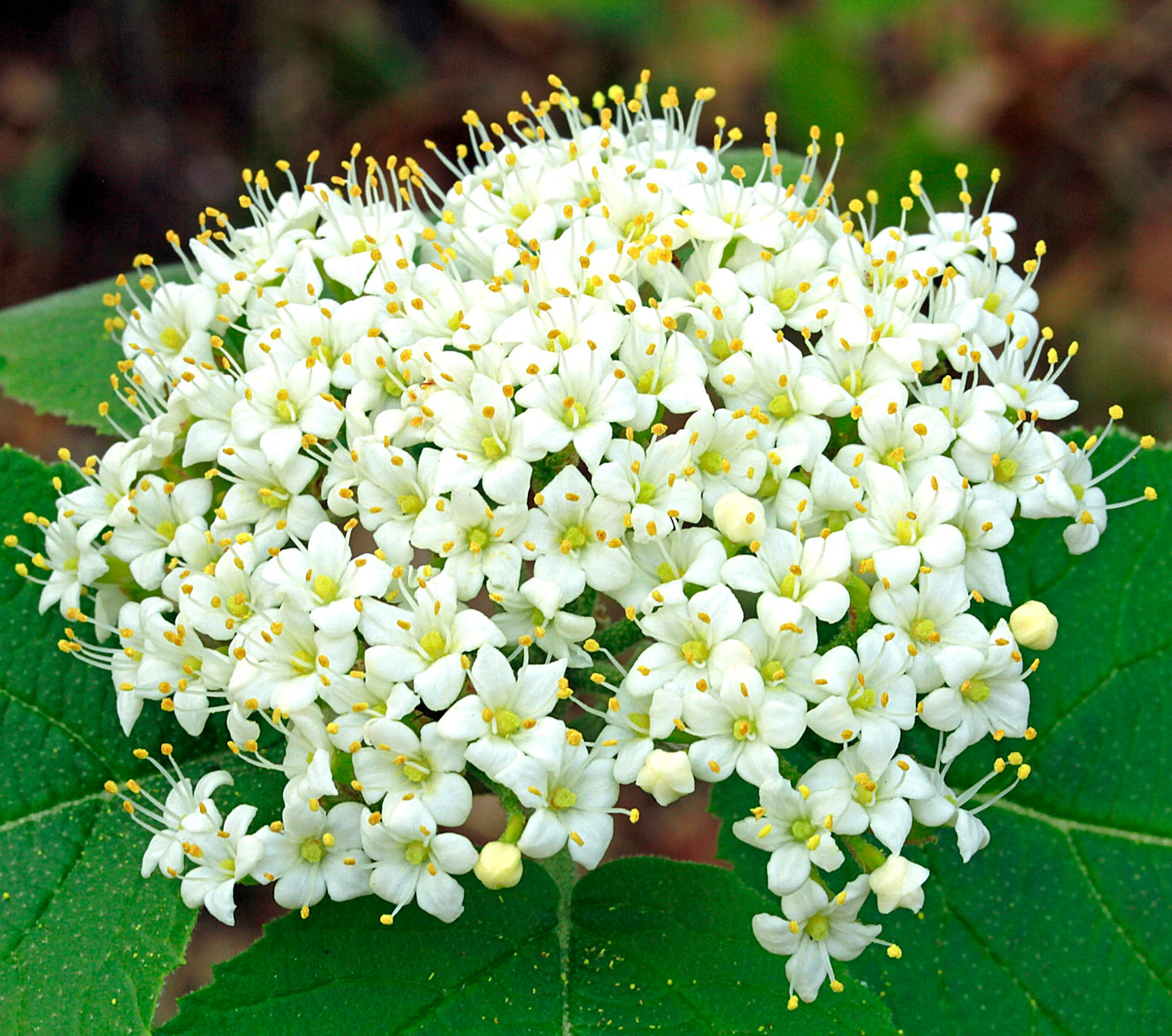- Catalogue Plants
Viburnum lantana 80-120cm
Viburnum lantana 80-120cm
Couldn't load pickup availability
Plant Description
Viburnum lantana, commonly known as wayfaring tree or wayfaring viburnum, is a deciduous shrub native to Europe and Asia. It is celebrated for its versatility, adaptability, and attractive features, making it a valuable addition to gardens and landscapes. Here's a brief description and some cultivation tips for Viburnum lantana:
IMPORTANT: Please be aware that picture 1 show adult plant not for sale, the offer is for a plant in the dimension indicated in title description.
Botanical family: Caprifoliaceae
Botanical genus: Viburnum
Botanical species: Viburnum lantana
SKU:BA-1311-S
Cultivation
Cultivation
Info and Disclaimers
Info and Disclaimers
Plant Height: 80-120cm
Plant Diameter:
Pot Size:
Grafted/Not Grafted:
Disclaimer: Be aware that most plants change across seasons. If present foliage, could have been fallen or change in its color.


